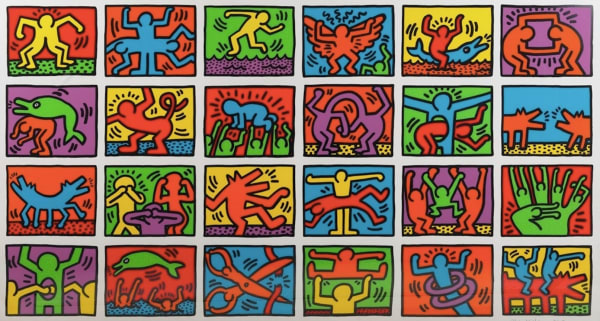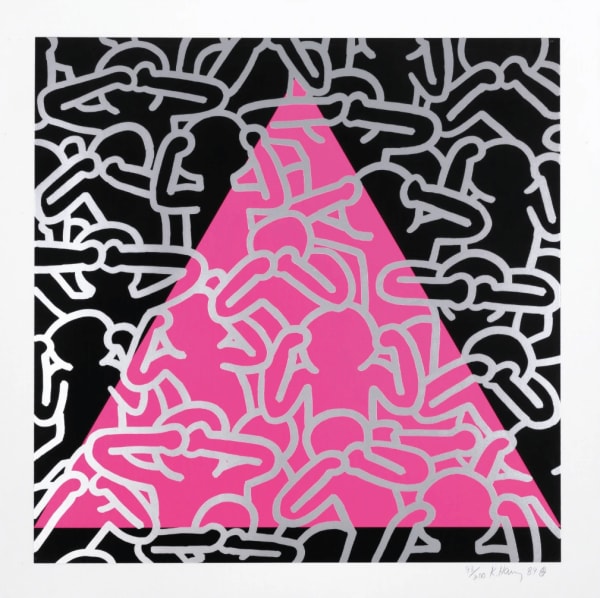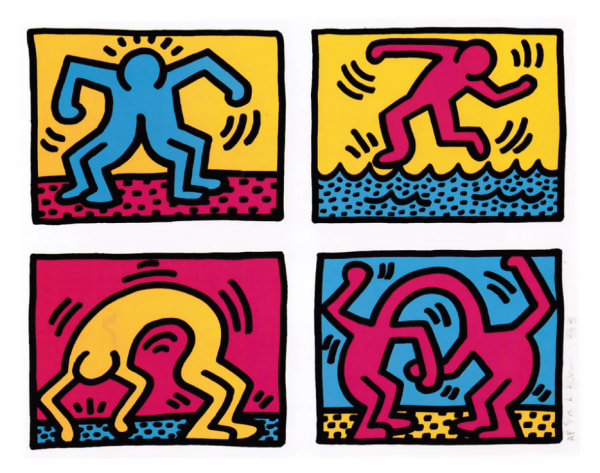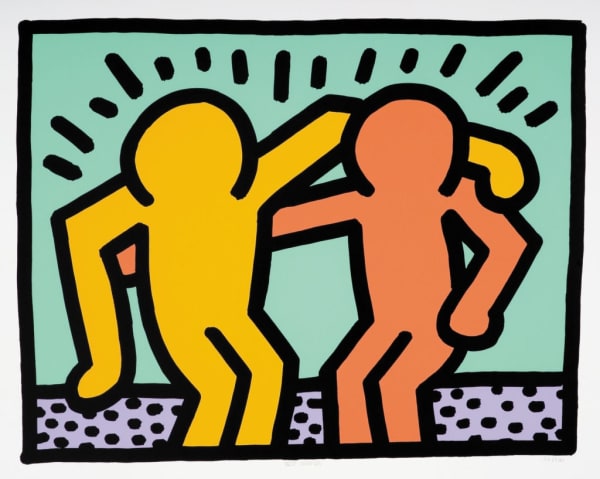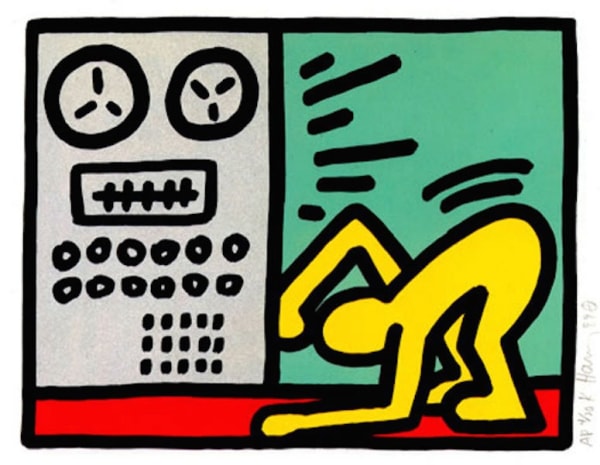Stories have various functions within our societies encouraging and fostering both individual or collective bonds, creating a sense of identity and can simultaneously include, and by default, exclude. Stories help us to understand and explore the world around us and our place within it they document our subjective and objective experiences. Indeed stories are not just rooted in the emperical, the fantastical and mythical also help us to explore reality through layers of abstraction. Haring's works tells the stories of the lives and the movements, the peoples and the objects that the young artist drew from and interacted with. His 20th Century stories present a snapshot of his society and his self-actualisation and discovery within it. Haring's visual codes and language, the stories he tells through his art, have created timeless narratives that are as much of his time as they are of ours. Haring's stories are stories that resonate across time, cultures and places line by line.
-
Latest Works
-
 Keith HaringUntitled, Mudd Club Radiant Baby, 1981
Keith HaringUntitled, Mudd Club Radiant Baby, 1981 -
 Keith HaringUntitled 1984, 1984
Keith HaringUntitled 1984, 1984 -
 Keith HaringUntitled , 1982
Keith HaringUntitled , 1982 -
 Keith HaringRetrospect (Littmann PP. 120-121), 1989
Keith HaringRetrospect (Littmann PP. 120-121), 1989 -
 Keith HaringSilence = Death (Littmann PP. 152), 1989
Keith HaringSilence = Death (Littmann PP. 152), 1989 -
 Keith HaringPyramid Yellow, 1989
Keith HaringPyramid Yellow, 1989 -
 Keith HaringUntitled Drawing ' For Rachel ', 1988
Keith HaringUntitled Drawing ' For Rachel ', 1988 -
 Keith HaringPop Shop Quad II (Littmann PP. 94-95), 1988
Keith HaringPop Shop Quad II (Littmann PP. 94-95), 1988 -
 Keith HaringPop Shop VI (Littmann PP. 150-151), 1989
Keith HaringPop Shop VI (Littmann PP. 150-151), 1989 -
 Keith HaringUntitled, 1989
Keith HaringUntitled, 1989 -
 Keith HaringBest Buddies, 1990
Keith HaringBest Buddies, 1990 -
 Subway Drawing, 1984, 1984
Subway Drawing, 1984, 1984 -
 Keith HaringPop Shop III (D) (Littmann PP. 145) , 1989
Keith HaringPop Shop III (D) (Littmann PP. 145) , 1989 -
 Keith HaringBarking Dog from Icons, 1990
Keith HaringBarking Dog from Icons, 1990 -
 Keith HaringX Man, from Icons (Littmann PP. 171), 1990
Keith HaringX Man, from Icons (Littmann PP. 171), 1990 -
 Keith HaringThree Eyed Monster, from Icons (Littmann PP. 171), 1990
Keith HaringThree Eyed Monster, from Icons (Littmann PP. 171), 1990
-
-
The View




